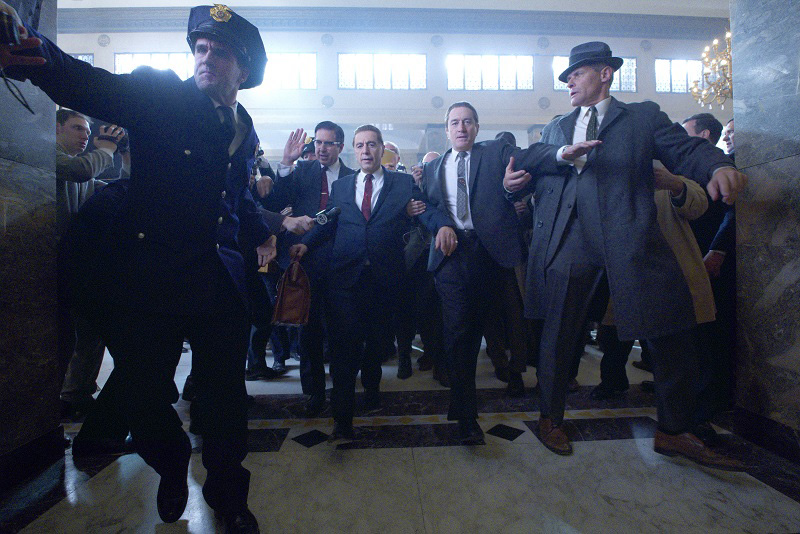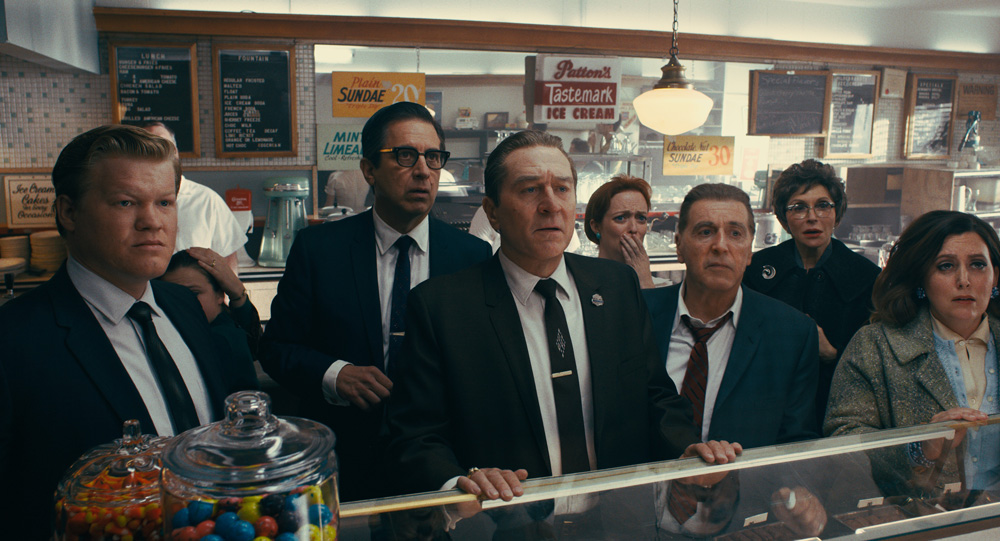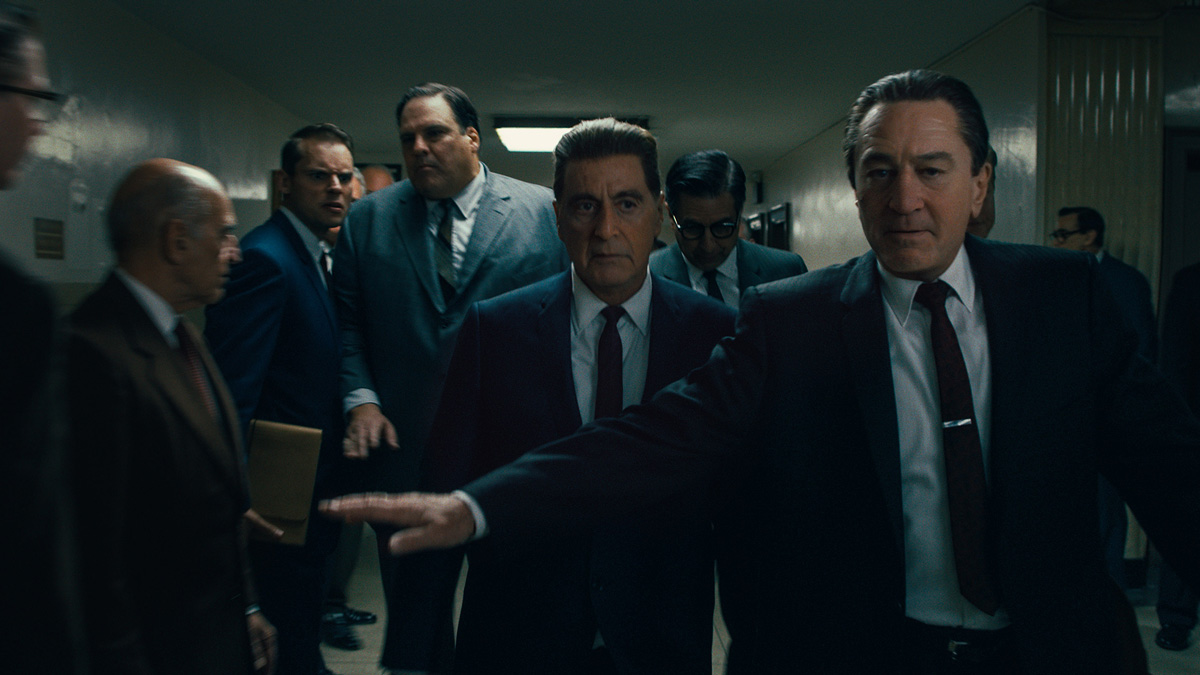2019.11.30
The truth behind Jimmy Hoffa's disappearance, a 20th century mystery, is revealed.
The last film De Niro and Scorsese worked together on was `` Casino .'' The two were also looking for a project to work on together, and were initially thinking of adapting Don Winslow's novel `` Frankie Machine's Winter '' (Kadokawa Bunko, translated by Kazunori Higashie) into a movie. However, Eric Roth, who was the screenwriter for De Niro's film The Good Shepherd (2006), was given a copy of Charles Brandt's non-fiction book The Irishman (Hayakawa Bunko, translated by Tomoko Takahashi), and he decided to write it next time. I started thinking about making this into a movie.
Both stories are about killers who are conscious of getting older, and according to an article in Variety, Scorsese said, ``(' The Irishman') immediately reminded me of the movie.'' De Niro was also engrossed in the book, and ``I could really see how much he got into the character,'' Scorsese recalls. ``Anyway, I realized that I had to make it a big movie.However, the situation in the movie industry is changing by the minute.I felt that it was no longer possible for the companies that I would have approached in the past to make it. ”

The film was originally planned to be produced by Paramount, but when the production cost exceeded $100 million, Paramount withdrew from the project, and Netflix took over the project. The final production cost of $159 million was the largest in Scorsese's history, and it also had the longest running time of any of his films (some sources have reported that the production cost was $175 million). be).
One of the reasons why the production costs soared was because the story spanned many years, so special computer technology had to be used to rejuvenate the faces of the leading actors. Special effects were handled by ILM's Pablo Herman. They created special equipment for filming the movie, used three cameras, and even applied special make-up to the actors. As a result, the wrinkles of today's male actors in their 70s are disappearing, and the changes in their faces from when they were young to the present day are being expressed.

The film also depicts social events from the 1960s and 1970s, such as the Cuban Missile Crisis, the assassination of John F. Kennedy, and the Watergate scandal, as well as the turmoil with Kennedy's younger brother, Robert Kennedy. In the second half, the truth behind the Hoffa incident is revealed.
When De Niro, who decided to take part in ``The Irishman'', met with the official who was investigating Hoffa, he advised him, ``There is no clear evidence regarding the incident. Wouldn't it be better not to take part in the movie version?'' It is said that it was done. However, De Niro says, ``I wanted to tell our story rather than what actually happened.''
The original book accumulates many testimonies and facts, but Steven Zaillian, who has won an Oscar for `` Schindler's List ,'' has successfully adapted them into a drama script. It is a thrilling story that incorporates the hidden history of America.


